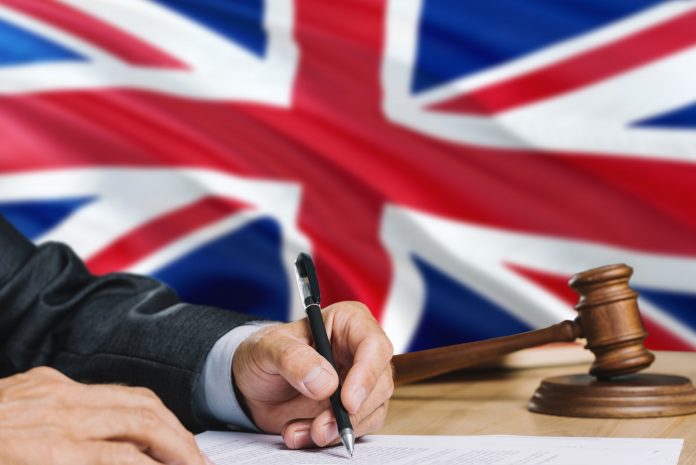Here, John Binns from BCL Solicitors LLP briefly explains UK sanctions – where they came from and what the B-word impact will be
As an EU member, the UK has drawn most of its sanctions regimes from the EU, in the form of EU Regulations that have direct effect in member states, with criminal sanctions and licensing regimes established by UK Regulations made under the European Communities Act 1972.
The UK’s domestic sanctions regimes were limited to freezing orders made (very exceptionally) under the Anti-Terrorism, Crime and Security Act 2001 (ATCSA), and counter-terrorism sanctions under the Terrorist Asset-Freezing etc Act 2010 (TAFA).
Following the UK’s decision to leave the EU, a new legislative framework was needed to retain the UK’s power to impose and enforce sanctions. Although the EU Withdrawal Act 2018 preserved those EU Regulations that were in force on Exit Day as retained EU law, it did not make provision for updates to those regimes or the imposition of new regimes. The UK decided to introduce a new legislative framework, to replace the regimes imposed by the EU (as enforced in the UK) and under TAFA (though ATCSA remains untouched).
The current position
At the time of writing, SAMLA itself is in force and various regulations have been made under it, in preparation for a ‘no deal’ Brexit. The terms of the withdrawal agreement include a transition period, during which the UK would remain subject to EU laws (including sanctions regimes), albeit unable to play a part in making them. If that agreement is not passed or at the end of any transition period, these regulations will be the basis of new UK designations to replace those that currently apply.
Designation under SAMLA
Under SAMLA and regulations made under it, ministers can designate persons for the purposes of asset freezes, travel bans and other restrictive measures. Regulations can be made to comply with UN obligations, or for other (discretionary) purposes, including some concerned with gross human rights violations (our equivalent to ‘Magnitsky sanctions’ – see below).
Unless they are on a UN list, the basis for a designation will be some association with a ‘specified activity’, as set out in the regulations for that regime. (On a temporary basis, people can also be treated as designated under SAMLA if they are on an EU sanctions list.)
Designated persons can usually challenge their inclusion on a list. The method will vary according to the legal basis for the designation, but could include requests to ministers, court reviews of their decisions or of the regulations themselves, and/or international routes (the ECHR, of which the UK remains a member; the ECJ, if EU sanctions also have an effect; and the UN Ombudsperson, for UN terrorism sanctions).
Magnitsky sanctions
The power to make sanctions against those who perpetrate or assist in gross human rights abuses was added to SAMLA during its journey through parliament, which remains keen to ensure that the UK uses such powers (regardless of whether, when and how it leaves the EU).
The basis for them is, however, relatively narrow, requiring abuses by public officials against individuals who have sought to expose criminal acts or to advance human rights causes. The sanctions targets must either have committed such acts or be associated with someone who has (by acting as their agent, directing or sponsoring them, profiting from or materially assisting their abuse).
The concept is relatively new to UK law but not unique to sanctions: it was added to the Proceeds of Crime Act 2002 in 2017 by the same amending statute that introduced Unexplained Wealth Orders.
John Binns
Partner
BCL Solicitors LLP




![Europe’s housing crisis: A fundamental social right under pressure Run-down appartment building in southeast Europe set before a moody evening sky. High dynamic range photo. Please see my related collections... [url=search/lightbox/7431206][img]http://i161.photobucket.com/albums/t218/dave9296/Lightbox_Vetta.jpg[/img][/url]](https://www.openaccessgovernment.org/wp-content/uploads/2025/04/iStock-108309610-218x150.jpg)






